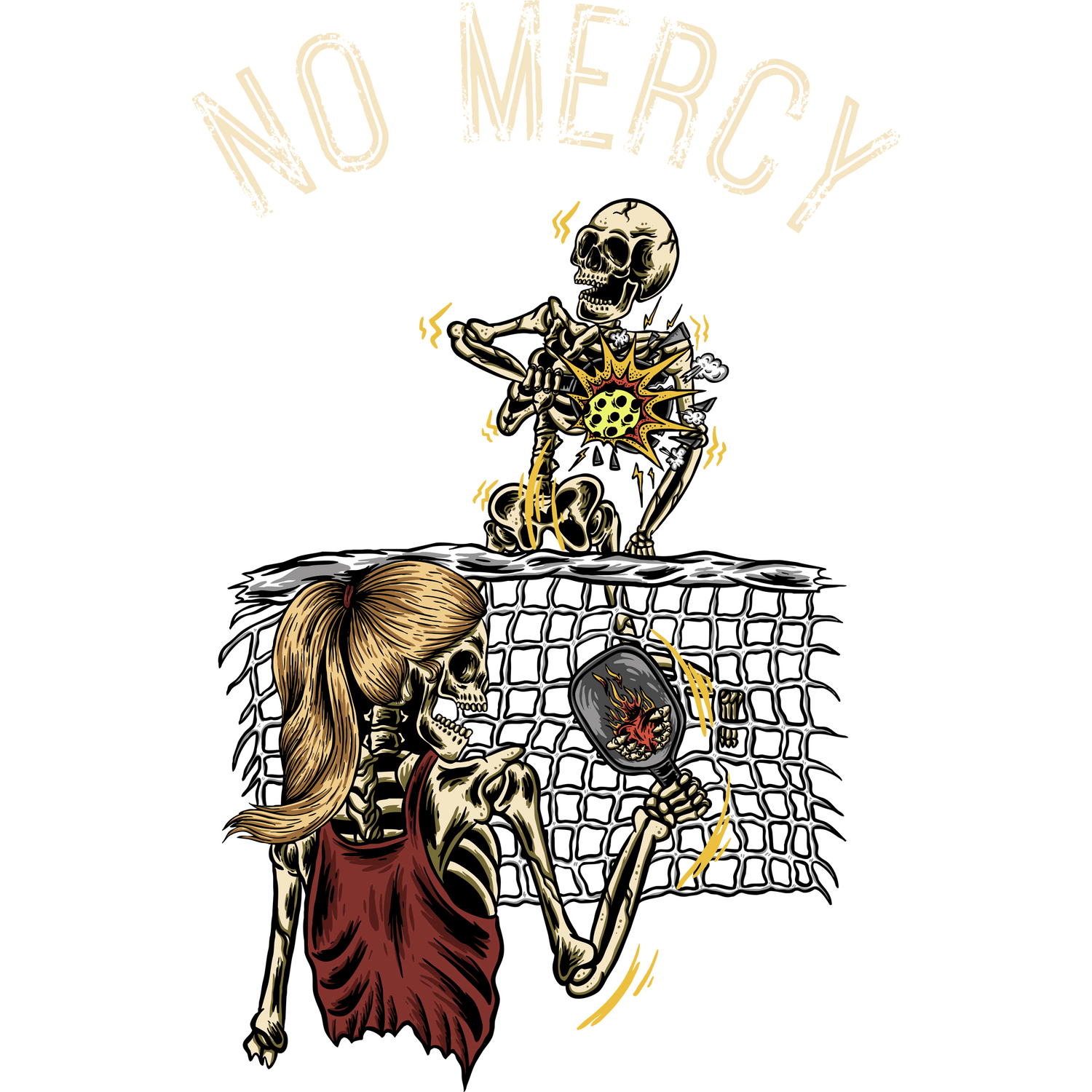If you're on the hunt for a garden addition that's as unique as it is rewarding, Arbutus Unedo, also known as the Strawberry Tree, might just be what you're looking for. These trees are a triple threat. They boast stunning evergreen leaves, vibrant red bark, and fruit that looks like (you guessed it) strawberries! But don’t worry—even beginner gardeners can learn how to grow these beauties from seed.
Grab your gardening gloves because we're taking you step-by-step through planting Strawberry Tree seeds in your garden. Bonus? We’ve included a tip on where you can snag high-quality seeds for a great deal!
Why Plant a Strawberry Tree?
Before we dig (pun intended), let’s talk about what makes the Strawberry Tree so special. Native to the Mediterranean and parts of Ireland, this tree thrives in various climates. It’s drought-tolerant, offers year-round greenery, and provides beautiful, edible fruits that are delicious in jams, jellies, or even a homemade wine! Plus, they're an absolute magnet for pollinators like bees and butterflies.
Planting these seeds is both fun and eco-friendly. You’re growing a tree that supports biodiversity while giving your garden a splash of elegant color.
Step 1: Gather Your Supplies
Planting Strawberry Tree seeds doesn’t require fancy equipment, just a little preparation. Here’s what you’ll need:
- Arbutus Unedo seeds (we’ll tell you about the best ones later!)
- Small pots or seed trays with drainage holes
- Seed-starting soil mix
- Spray bottle for misting water
- A sunny windowsill or grow light
- Plastic wrap or a seed propagation lid (optional)
Pro Tip: Using high-quality seeds is crucial for a higher germination rate. Cheap or old seeds may sprout frustration instead of trees.
Step 2: Prep the Seeds
Strawberry Tree seeds need a little extra love to kickstart germination because they come with a natural dormancy. This process is called scarification and helps break the seed’s hard coating.
-
Clean the Seeds
Rinse the seeds under cold water to remove any lingering debris or fruit pulp. -
Stratify the Seeds
Place the seeds in a plastic bag with damp sand or moist paper towels. Seal the bag and stick it in the fridge for 4-6 weeks. This mimics winter conditions and signals to the seeds that it’s time to wake up.
It sounds like a long step, but trust us, patience pays off!
Step 3: Plant the Seeds
After the stratification period, it’s time to move to the soil. Here’s what to do:
-
Fill Your Pots with Soil
Use a fine seed-starting mix. Avoid heavy garden soil as it can be too dense for the tiny seeds. -
Plant the Seeds
Sprinkle the seeds gently on the soil’s surface. Cover them with a very thin (1/8 inch) layer of soil or vermiculite. Remember, Strawberry Tree seeds need light to germinate! -
Moisten the Soil
Use a spray bottle to mist the soil lightly. Keep it damp but not soggy. -
Create a Greenhouse Effect
Cover the pot with clear plastic wrap or use a propagation lid. This traps humidity and encourages germination. Place the pot in a warm area with indirect sunlight or under a grow light.
Step 4: Germination and Seedling Care
Now comes the exciting part (though it requires a bit more patience). Germination can take anywhere from 6 weeks to a few months, so don’t be discouraged if nothing happens immediately.
- Keep the soil consistently moist. Use your spray bottle to mist it regularly.
- Once the seedlings sprout, remove the plastic wrap and place the pot in a bright, sunny location.
- Thin out weaker seedlings if you planted multiple seeds in one pot. Leave the strongest to grow.
Step 5: Transplanting to the Garden
When your seedlings have grown to about 4-6 inches tall and the outdoor temperatures are warm (spring is ideal), it’s time to give them a permanent home.
- Pick a sunny to partially shaded spot with well-draining soil.
- Dig a hole slightly larger than the root ball of each seedling.
- Gently place the seedling in the hole and fill with soil, ensuring the base of the plant is level with the ground.
- Water thoroughly after planting and mulch around the base to retain moisture.
Caring for Your Strawberry Tree
Once established, Strawberry Trees are pretty low-maintenance. Here are some care tips:
- Water: While drought-tolerant, young trees need regular watering to establish strong roots.
- Pruning: Trim in late winter to remove dead or overcrowded branches.
- Fertilizer: Use a balanced, slow-release fertilizer in early spring.
Within a year or two, your tree might reward you with its first batch of strawberry-like fruits. Perfect for snacking or impressing your garden visitors!
Where to Buy High-Quality Strawberry Tree Seeds
Now that you’re ready to plant your Strawberry Tree, the next step is getting top-notch seeds. Look no further than RND Accessories! Their Arbutus Unedo (Strawberry Tree) Seeds come in a pack of 100 for just $9.99. Here’s why they’re a great choice:
- High germination rates for better success
- Carefully packed for freshness
- Budget-friendly for novice and pro gardeners alike
Click here to check out their collection and start your Strawberry Tree gardening adventure today!
Final Thoughts
Planting Strawberry Tree seeds is as rewarding as it is fun. Whether you're adding a unique focal point to your garden or drawing in pollinators, Arbutus Unedo is a fantastic choice. With a little patience and care, your garden will soon feature a tree that’s as beautiful as it is beneficial.
Grab your seeds, roll up your sleeves, and start planting! Who knows, your kids, pets, and neighbors might just thank you for creating such a delightful garden escape. Happy gardening! 🌱






